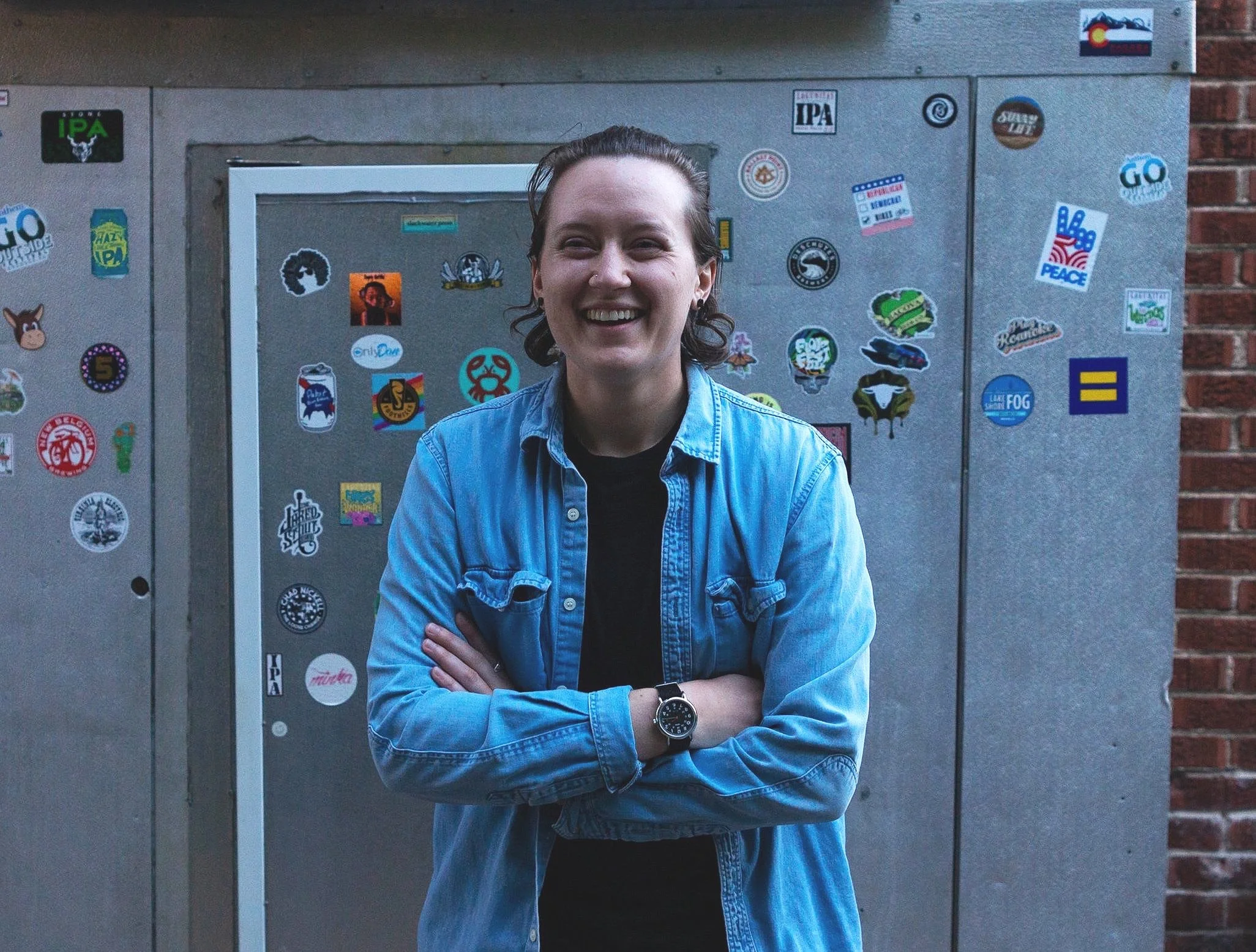PHOTO: Daniel Korzeniewski
In a world where international connectivity is on the rise, it is striking to think that there are still systematic barriers hindering any group or nations development. “A quarter-century of impressive human development progress continues to leave many people behind, with systemic, often unmeasured, barriers to catching up.” These are the findings of the Human Development Report 2016, released on the 21 March 2017 by the United Nations. The factors to be considered in this report include equality and access to education.
PHOTO: Daniel Korzeniewski
In an effort to break such barriers, Helping Overcome Obstacles Peru (HOOP) was founded in 2012, inhabiting the already existing Flora Tristan English School. Its mission: to break the cycle of poverty through enhancing the education of their participants. HOOP offers many programs which vary from teaching English, offering medical help and providing a social care service.
PHOTO: Daniel Korzeniewski
It comes as no surprise that inequality is rampant throughout the world. But it is encouraging to find out that statistics are beginning to illustrate an increasingly positive image, even if the gains are minimal. The African Library Project wrote a report on how the situation was improving across many regions. They analyzed statistics from the UNESCO Institute for Statistics and found that a number of countries had made progress.
Botswana, for example, an under-developed, sub-Saharan nation, increased its adult literacy rate from 69% in 1991 to 87% in 2008. If we compare this to economic growth in Botswana, we can see how this has made a difference. The World Bank has stated in its overview on Botswana, that the country has had sustained and high levels of growth. While this can be attributed to many factors, it should be noted that around 65% of the country’s workforce work in the tertiary industry, educated by Botswana’s free schooling system. In fact, Botswana spends 9% of GDP on education, among the highest in the world.
PHOTO: Daniel Korzeniewski
So why then is it important to consider the effort on small NGO’s who work on the ground? Well, HOOP offers the services that the community needs without being a burden on the government. In struggling under-developed nations, robust education systems are not viable at this point in time. By supporting an organization like HOOP, you are supporting a small community, helping them to get educated and avail of medical treatment. This type of work sets the foundation for even greater achievements.
PHOTO: Daniel Korzeniewski
Using the skills acquired through this process, communities can move forward to become self-sufficient and outward looking. Dreambuilder is the entrepreneurial leg of HOOP’s organization which has supported a number of women to create their own enterprises.
PHOTO: Daniel Korzeniewski
Perhaps the question is now, how will we induce greater and faster growth so that those who are suffering the confines of poverty do not have to undergo another 25 years of it? The countries who have relished in the successes of the past 25 years might consider an increase in their third world educational investment funds. With increased investment and support, organizations like HOOP could multiply and flourish, easing the burden of poverty across many nations and regions.
PHOTO: Daniel Korzeniewski


















